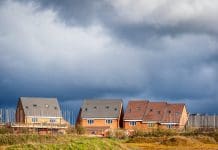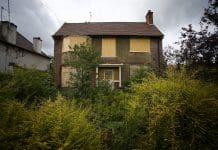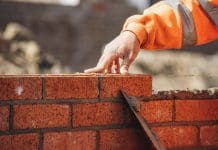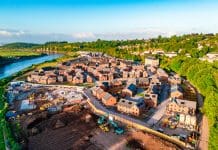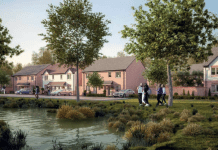Beco WALLFORM discuss the growing need for housing and how the UK building industry can overcome the pressures of demand
We do have the technology, the materials and the resources to meet the growing demand for more housing. More houses built to better standards – Passivhaus standards even – all using existing resources.
This is no dream, although a little enlightened thinking might help to move things along more rapidly.
For far too long the UK building industry has relied on tradition and has tended to shun alternative methods of construction. As pressure grows to build more houses in the UK – lots more houses -, the weaknesses in the industry become more apparent.
What to do? There are answers out there, and answers which do not depend on importing foreign prefabricated products to undermine the UK industry further. The answers do require, however, a more receptive approach to different material formats and building techniques. There is also a need to recognise that the customer is demanding – having given up on expecting – higher performance standards in terms of quality, durability and energy efficiency.
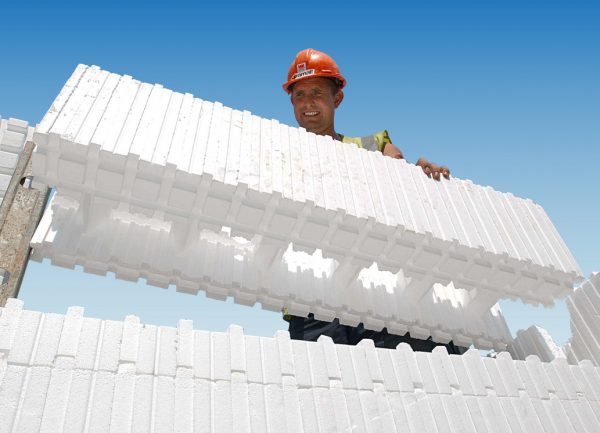
It may not be old in terms of traditional British building, but ICF (Insulated Concrete Formwork) has now been around for over 40 years and is increasingly being adopted as the practicalities and economics of this energy efficient construction become broadly recognised. In North America, where ICF has been a standard basement specification for many years, it is now enjoying rapid growth above ground where the durability and flood resilience (very topical) leave it standing where others have failed.
For mass housing projects in Eastern Europe and South America the attraction of ICF construction is in speed and economies of scale, providing low cost housing solutions without undermining performance specifications.
Beco WALLFORM
In the UK, Beco WALLFORM has been producing low energy buildings for 25 years. A key market sector has been with the Self Builder, where the building owner has tighter control of the specification and is much more aware of what the industry calls Total or Whole Life Costing – the sum of construction, operating and maintenance costs for the life of the building.
Sustainability is really a “greener” form of Total Life Costing and is becoming more established with politicians and governments who are insisting on higher construction standards to benefit current and succeeding generations.
One of the cheapest, most reliable and most beneficial ways to reduce energy consumption is to improve the energy efficiency of the building fabric. Since 35% of our energy needs is for heating and cooling our buildings, improving the thermal performance of buildings will reduce energy demand. A marginal increase in construction cost possibly, but there are no ongoing maintenance costs and the improvement is constant for the life of the building. There is also the added benefit of the elimination of fuel poverty, reducing the cost of our Social Services.
As the glamour of subsidising the installation of renewable energy systems dissipates, more attention is being paid to the performance of the building fabric to the extent that the “Fabric First” approach to building specification is gaining rapid momentum. Reducing energy demand by improving fabric performance not only reduces bills but also reduces the need to invest in (as well as operate and maintain) energy capacity in the first place.
The relative cost of ICF construction continues to fall as the price of upgrading traditional methods increases, with more savings to be made as projects become larger. The building technique employs less labour and equipment than traditional methods and produces higher output levels in a safer building environment.
And, strange as it may seem, ICF construction is more attractive to a younger generation looking for a career. It’s quite straightforward, not too technical, it doesn’t take long to see the results, and the end product is a high performance building built to last. Construction to be proud of.

BecoWALLFORM – Building for the Future







